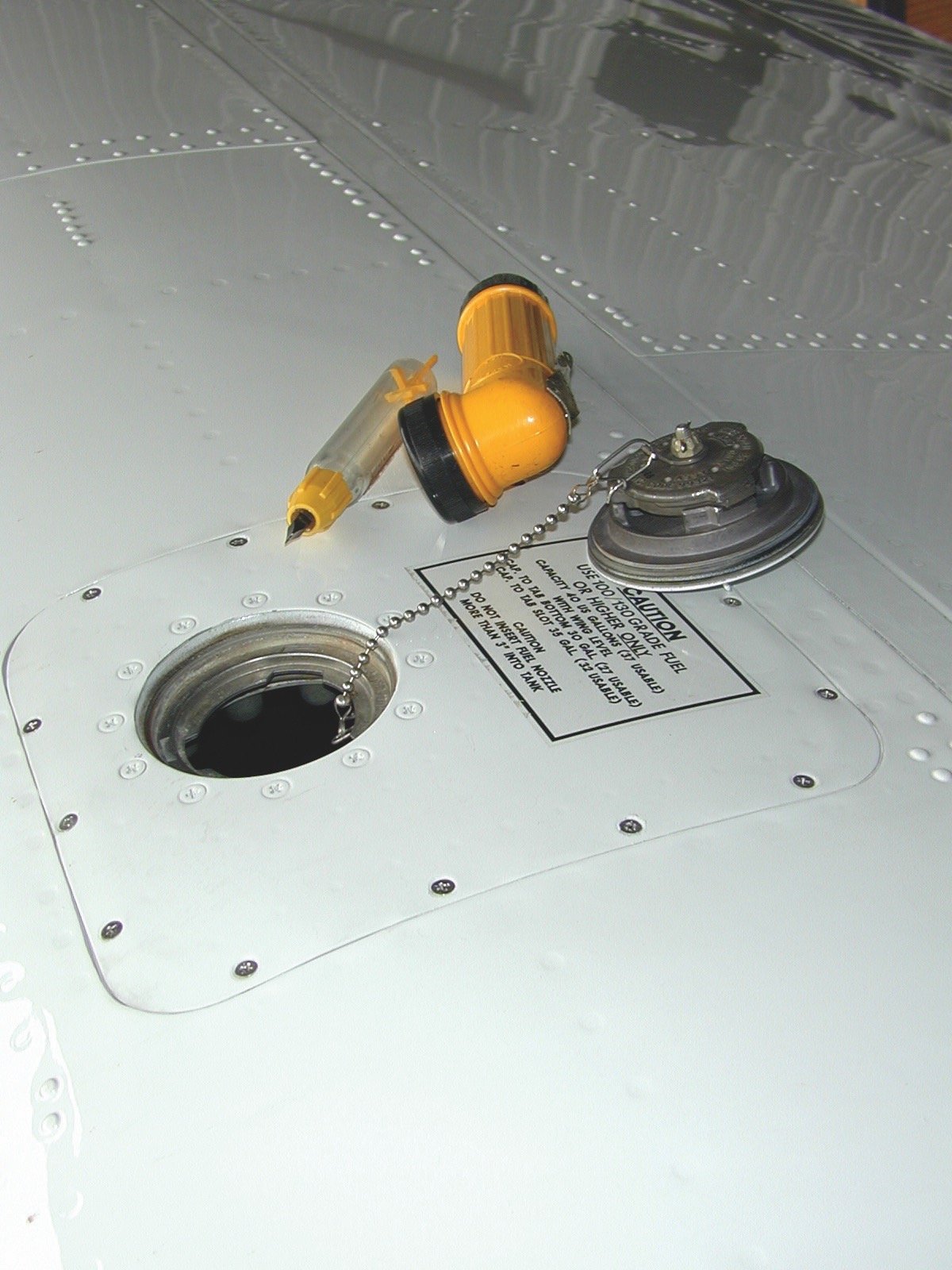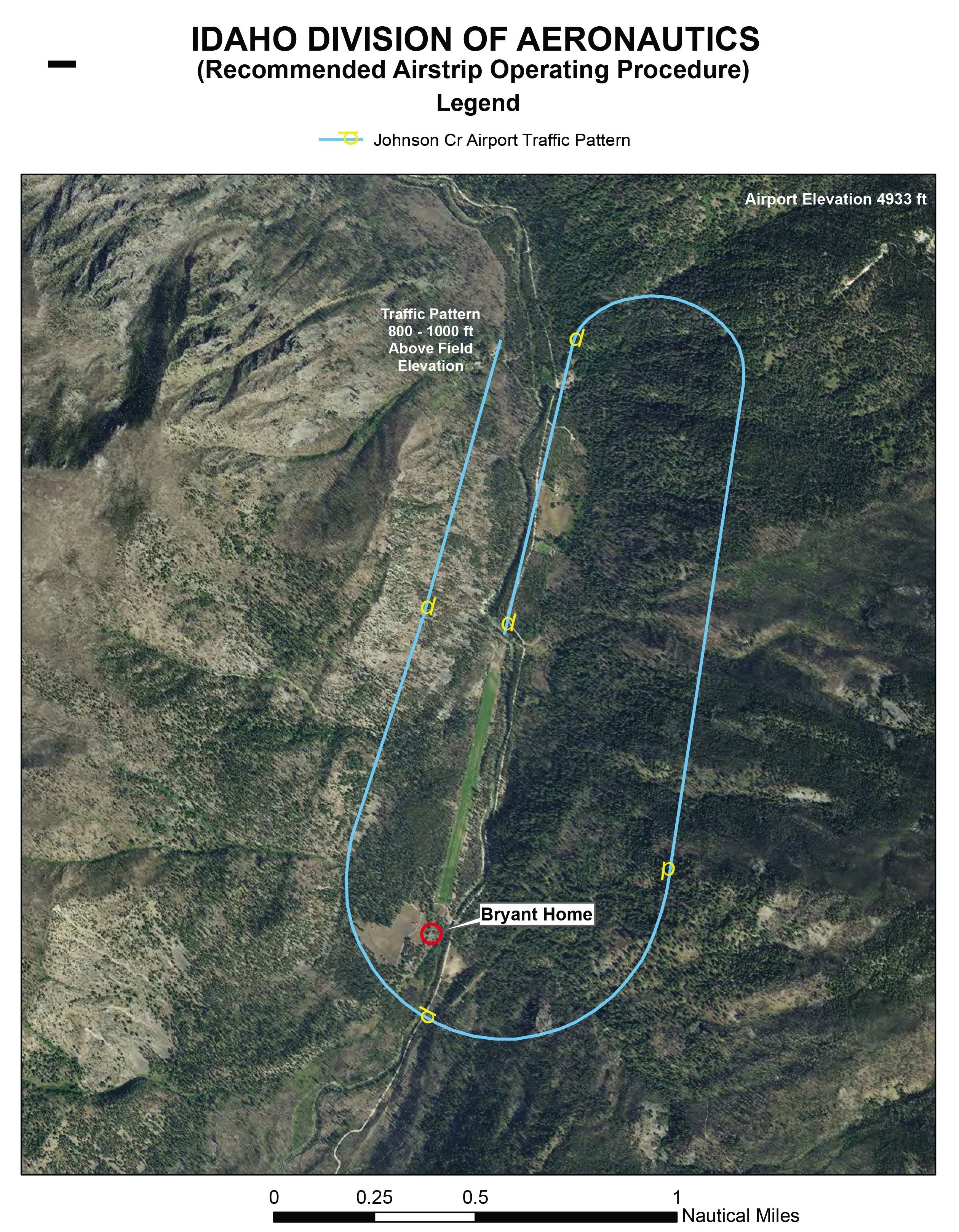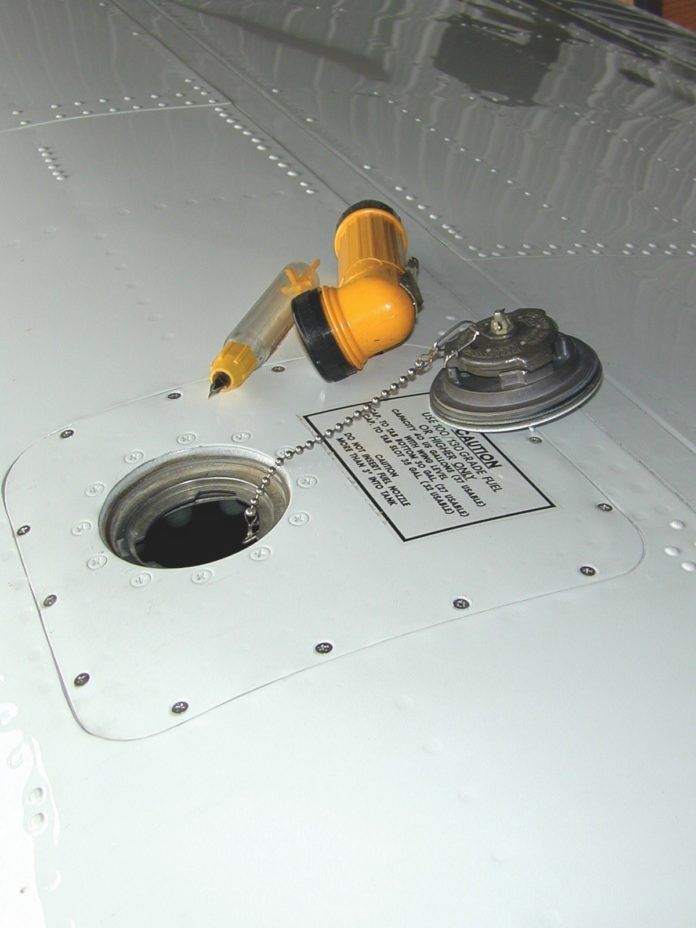Tom Turner’s article in the October issue, “When To Go Visual,” touched on one of my pet peeves about canceling IFR after breaking out on an approach to a nontowered airport: the need to maintain VFR to the runway in an IMC environment. While we all need to be courteous and try to expedite other traffic, canceling IFR at, say, 500 agl after breaking out of a 700-foot ceiling puts us 200 feet below the clouds, too close for legal VFR in Class E airspace. And canceling two miles out on the final can provide all the evidence one needs that you’re operating in less than VMC without a clearance. Enterprising feds have brought enforcement actions in similar circumstances. And there’s always the guy who pulls his pickup truck onto the runway forcing you to go around and fly the miss.
One solution, of course, is to keep the IFR all the way to stopping on the taxiway to clean up the airplane. But there’s a happy medium: Don’t cancel IFR until conditions allow, even if there’s someone waiting behind you. That’s what the rule is all about, anyway.
Thanks for a thought-provoking article.
Tommy Jamison
Via email
You raise a couple of good points that we didn’t have the space to elaborate. And we’ve also heard of enforcement actions being brought when a fed just happened to be around. Thanks!

War Stories
The sidebar, “Word Of Mouth” in September’s “Backcountry Safety Culture” article about sidelines discussion and storytelling at backcountry airports articulates how much there is to learn from other pilots’ tales. I’m privileged to be around many high-time pilots with a variety of experience and will listen with new appreciation now.
This sharing is, indeed, a culture. Often when I return from a flight, my former fighter-pilot dad says, “Tell me a war story,” to make me recount first-hand what I learned.
Admitting a poor choice or mistake is risky, as it can bring weeks of dogging from said pilots. But almost always, one of them will recount a similar experience or screw-up, leading to a discussion of equipment limitations, alternate solutions and real-life learning.
Chris Haven
Auburn, Calif.
We’ve always thought of that basic dynamic as the finest form of hangar flying. It allows us to learn something about the craft and get to know some interesting people in the bargain. And there’s usually free coffee!

Fuel Follies
October’s Learning Experience, “Air In The Tanks,” which describes a fuel exhaustion event precipitated by Cessna Centurion wing tanks that retained air and made it difficult/impossible to fill to capacity, is a good reminder for all of us to research any possible similarities with the airplane we fly. As a rule, airplanes with little dihedral (or anhedral, for that matter—Ed.) like the later Cessna 210 models are more difficult to fill completely. Squeezing in the last several gallons may require much slower flow rates, to allow the venting systems to catch up. Ensuring the airplane is on level ground can sometimes make all the difference in the world.
Each airplane has its own fuel system peculiarities, whether it involves which tanks are considered the mains, the order they’re to be filled or managing central-point fueling ports. And that’s before we get to securing the caps and sampling the fuel we just pumped. If we regularly fly more than one airplane, it can be easy to forget or inappropriately transfer model-specific knowledge. Just a thought.
Robert Carter
Via email
Good points all. And we haven’t even touched on STC’d aftermarket fuel tanks, which often come with plumbing or operating considerations that aren’t obvious at first. There are few things of less value than the air in our fuel tanks.




